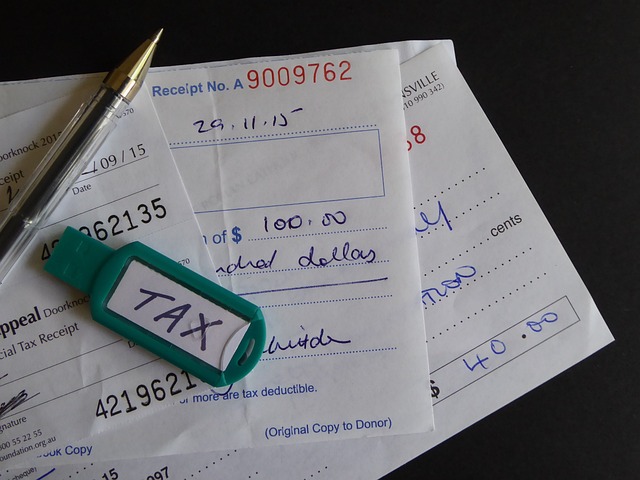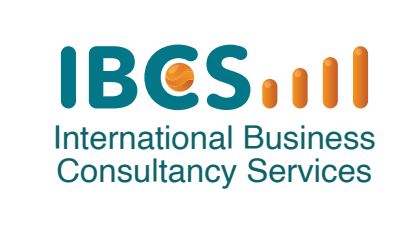


Goods and Service Tax in India
The Goods and Services Tax (GST) is an exciting tax system that was introduced in India on July 1, 2017. It’s a comprehensive indirect tax that replaced a bunch of different taxes previously imposed by the central and state governments. The best part? It made the whole tax structure across the country much simpler and more streamlined!
So, what’s the deal with GST? Well, it has a dual structure consisting of the Central Goods and Services Tax (CGST) and the State Goods and Services Tax (SGST). The CGST is collected by the Central Government on supplies of goods and services within a state, while the SGST is collected by the State Governments on the same. When it comes to supplies between states or imports, we have the Integrated Goods and Services Tax (IGST) that the Central Government collects.
Now, let’s talk about the different tax rates. GST introduced a multi-tier tax structure, which means that different goods and services fall into different tax slabs. We have 5%, which is applied to essential items like food grains and books. Then there’s 12% and 18% for most goods and services, and finally, 28% for luxury items and certain other goods and services.
One of the cool features of GST is the input tax credit. It allows businesses to set off the tax they paid on purchases (inputs) against the tax collected on sales (outputs). This helps businesses avoid paying tax on tax, which is a big relief!
If you’re running a business and your turnover exceeds the threshold (which is currently INR 40 lakhs for most states), you’ll need to register for GST. This process gives you a fancy Goods and Services Tax Identification Number (GSTIN) that identifies your business for all things GST-related.
Now, as a registered business, you’ll need to file regular GST returns. These returns involve providing details about your sales, purchases, and tax payments. How often you need to file them depends on your business turnover, so be sure to keep track!
Hey, if you’re a small business owner with a turnover below a certain threshold (which is currently INR 1.5 crores for most states), you can opt for the composition scheme. It’s a pretty sweet deal because you get to pay GST at a fixed rate based on your turnover and enjoy some relaxed compliance requirements.
Don’t worry about navigating the GST world alone! There’s an online portal called the Goods and Services Tax Network (GSTN) that’s got your back. It’s a user-friendly platform where you can register for GST, file returns, make tax payments, and even track your transactions. Super convenient!
Remember, staying informed and compliant with GST regulations is essential for your business. If you ever need guidance or more detailed information, reach out to our tax professionals. Happy GST-ing!
Our top tax consultants including Chartered Accountants are delivering all types of taxation services like Professional Tax, Good and Service Tax, Income Tax, Property Tax etc efficiently and monitoring their business so that it is cost effective.
Income Tax in India
Income tax in India is a way for the government to collect funds from individuals, companies, and other entities based on their earnings during a financial year, which runs from April 1 to March 31. It helps fund various government programs and services that benefit the country as a whole.
When it comes to income tax, there are a few key things to keep in mind:
- Tax Slabs: The tax rates are divided into different slabs based on your income level. For individuals below 60 years of age, the rates for the financial year 2022-23 are as follows:
- Up to INR 2.5 lakh: No tax
- INR 2.5 lakh to INR 5 lakh: 5%
- INR 5 lakh to INR 10 lakh: 20%
- Above INR 10 lakh: 30%
- Deductions and Exemptions: The good news is that you can reduce your taxable income through various deductions and exemptions provided by the Income Tax Act. These include deductions for investments in financial instruments, insurance premiums, tuition fees, home loan interest, medical expenses, and more. So make sure to explore these options to lower your tax liability.
- Filing Your Tax Return: If your income exceeds the specified threshold limits, you’ll need to file an income tax return. The process has become easier with online filing options available on the Income Tax Department’s official website or through authorized intermediaries. The deadline for filing your return is typically July 31 of the assessment year, although it may be extended in certain cases. So don’t forget to mark your calendar!
- Paying in Advance: If your income is substantial, you may need to pay advance tax in installments throughout the year instead of waiting until the end. This helps distribute the tax burden and ensures regular contributions. The advance tax is paid in four installments: June 15, September 15, December 15, and March 15.
- Tax Deducted at Source (TDS): TDS is a system where tax is deducted by the payer, such as your employer, at the time of making certain payments like salary, rent, or interest. They then remit this tax to the government. You receive a TDS certificate as proof of the amount deducted, which you can use while filing your tax return to claim credit for the tax already paid.
- Non-Resident Taxes: If you’re a non-resident individual or a foreign company earning income in India, you are also subject to income tax. You’ll need to file tax returns if your income exceeds the specified threshold limits.
Remember, the income tax rates and rules may change periodically, so it’s always a good idea to stay updated by consulting our tax professional or referring to the latest guidelines issued by the Income Tax Department. Don’t hesitate to seek expert advice to ensure you fulfill your tax obligations accurately while making the most of the available deductions and exemptions.
